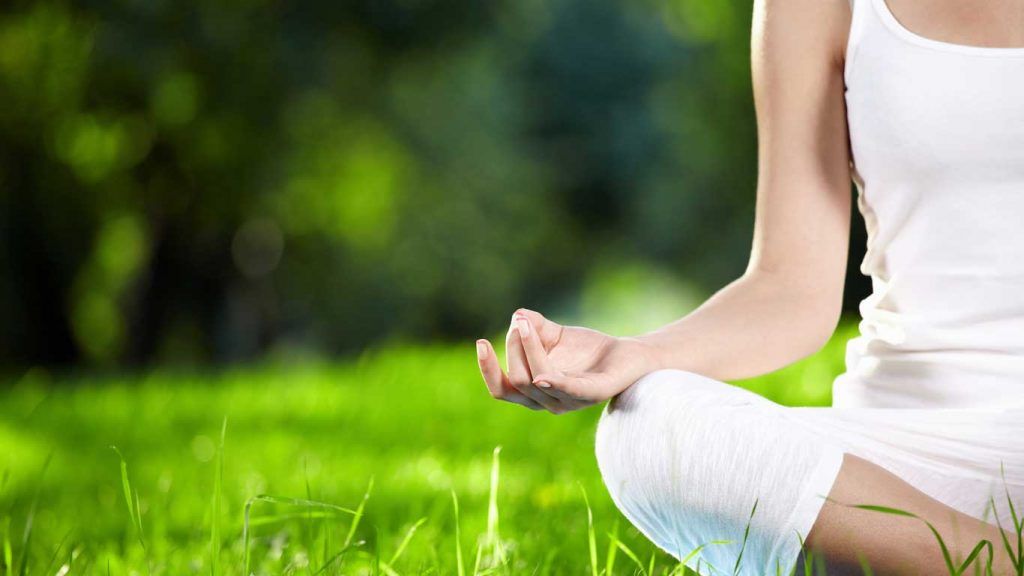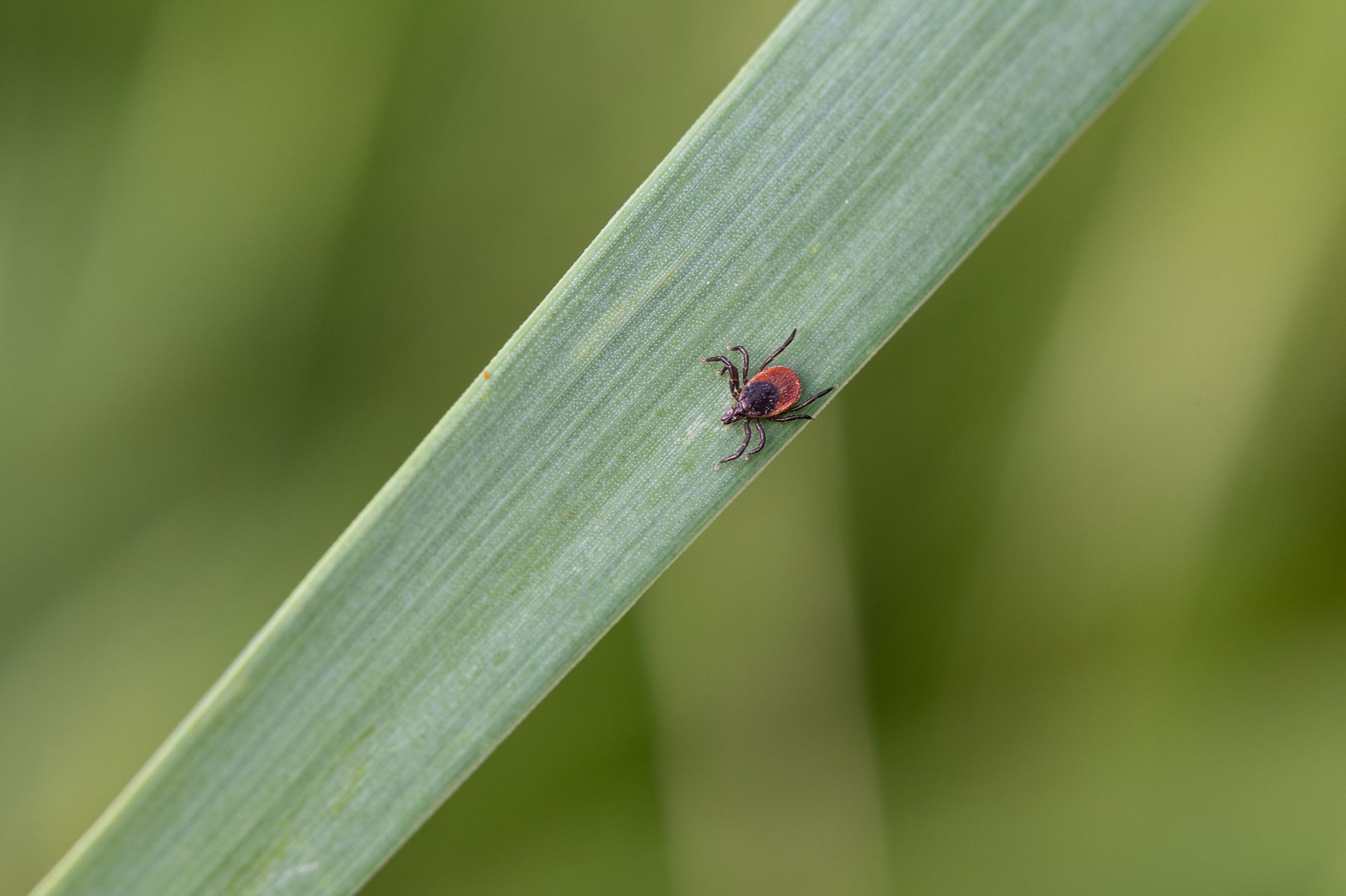By Dr. Cherrone
•
April 8, 2025
Vector borne illnesses are diseases caused by infectious pathogens such as bacteria, viruses, parasites and protozoa that are transmitted to humans through the bite of an infected vector. Common vectors include mosquitoes, ticks, fleas, lice, bedbugs, sandflies and black flies. Mosquitoes are the most common vector and transmit malaria and other illnesses such as Zika virus, Yellow fever, Dengue fever and West Nile virus. Lyme disease is the most common vector borne illness transmitted by ticks in the United States and will be the focus of this discussion. The CDC estimates that there are more than 300,000 cases of Lyme disease diagnosed each year. The expansion of animal reservoirs is one of many reasons for the increasing rates of tick borne illness (TBI). International travel has increased the risk because ticks can be transported by both people and pets. Also, greater awareness of the disease and better diagnostic tools are responsible for the uptick in diagnosis. For ticks to thrive in nature, they need to have an animal reservoir - a mammal that can harbor the pathogen. On the U.S. east coast, deer and white-footed mice are the most common animal reservoirs. In California, the Western gray squirrel carries the bacterium. Horses, dogs and other domesticated animals can also carry ticks. Different ticks carry different illnesses so depending on where you live or travel, the TBI can vary. Black legged ticks can transmit Lyme disease as well as Anaplasmosis, Ehrlichiosis, Borrelia miyamotoi and Babesiosis, a few of the more familiar Lyme co-infections. Fifty percent or more of patients with Lyme disease are found to have co-infections when tested. The American dog tick and the Rocky Mountain wood tick carry Rocky Mountain Spotted Fever. Tularemia is a potentially serious illness that occurs naturally in the United States and can be transmitted by American dog ticks, as well as by biting flies or infected animals. Bartonella, not known to be transmitted by ticks, can be passed to humans via cat bites or cat scratches and infection with it is known as Cat Scratch Disease. Dogs carry a different type of Bartonella. Mosquitoes, sand flies, fleas, exposure to flea infested animals and the human body louse can all transmit Bartonella. Bartonella is difficult to detect on testing and it is not included in the CDC surveillance data for tick testing so we really do not know the true prevalence of this disease. Black legged ticks have a two to three year life cycle with four life stages: egg, larva, nymph and adult. Larval ticks feed on rodents and then become nymphs. Nymphs feed on small animals and humans and then become adult ticks. Adult ticks feed on deer. Larvae are the size of a grain of sand. Nymphs are the size of a poppy seed and adult ticks are about the size of an apple seed. When a tick bites, it swells so much that it sometimes can become unrecognizable. Ticks also secrete an anesthetic when they bite so many tick bites go unnoticed as a result. Many people mistakenly believe that Lyme disease cannot be transmitted when a tick has been attached for less than 24 hours. This is incorrect. Several animal studies have documented that although the risk of Lyme disease is low for attachment times less than 24 hours, the risk is not zero. Also, people with weakened immune systems can be at increased risk of disease when bitten. Symptoms of tick borne illnesses are many and varied and involve multiple systems depending on the specific disease. Anxiety, depression, headache, sleep disturbances, numbness, tingling, brain fog and cognitive dysfunction can result. Also, cardiac symptoms such as an irregular heart rhythm, chest pain and heart failure can all be due to TBI. Because the most common symptoms are fever, fatigue, and body aches it is difficult to diagnose and distinguish from other illnesses, especially the flu. The flu typically presents in the fall, winter or early spring so any “summer flu” always warrants investigation into TBI as the underlying cause. Early detection and early treatment are crucial in managing these illnesses effectively. Some signs and symptoms can develop months to years after the initial time of exposure adding to the complexity of diagnosis. Chronic or recurrent injury, illness or infection should also alert one to the possibility of TBI. Borrelia burgdorferi also has a wide range of survival mechanisms once it is inside the body to avoid and evade the immune system. These tactics contribute to the difficulty in diagnosing and treating this disease. One such strategy is the proteins found in tick saliva have been shown to inhibit the complement system which is the first line of defense implemented by the immune system to protect the host against pathogens. The organism is also pleomorphic which allows it to change its form based upon various environmental conditions. Its most common form is the spirochete, but B. burgdorferi can exist as round bodies or in a biofilm which protects the bacteria from environmental stresses like antibiotics and the immune system by surrounding the cells with a slime like material. It is important when treating Lyme disease to address all these different forms. There are 3 stages of Lyme disease. Stage 1 is early localized disease which can present within hours, days or weeks after a bite as a flu-like illness with headache, stiff neck, joint and/or muscle pain, swollen lymph glands and a sore throat. Each of these symptoms alone or in some combination can be a sign of early localized disease and because they are nonspecific, misdiagnosis is possible. The classic bull’s eye rash, known as erythema migrans is diagnostic of Lyme disease and only seen in about 27-40% of patients. Rashes from TBI can take alternate forms. Solid lesions, blue-purple hues, and crusted or blistering lesions have all been documented. A rash can appear at the site up to 30 days after the bite, with the average being about 7 days. Stage 2 is known as early disseminated infection and can occur several weeks to months after a bite. It can present with flu-like illness, skin rashes, headaches, fatigue, pain, weakness, numbness in the extremities, facial palsy, and it can cause Lyme carditis with chest pain and palpitations. Stage 3 is known as late disseminated disease and can develop years after the infected tick bite. Patients in this stage can develop Lyme arthritis, neurologic and cardiac symptoms including headaches, migraines, a stiff, aching, creaking, cracking neck, vertigo, dizziness, migratory pains that come and go, sleep disturbances, chronic fatigue, abnormal heart rhythms, heart block, brain fog, issues with memory, processing and concentration and peripheral neuropathy. Tick borne illness can mimic a variety of other illnesses and autoimmune disease can be triggered by TBI, therefore, it is imperative that we test for TBI in all symptomatic patients and those with autoimmune illness. If you see a tick bite, or you have unexplained symptoms, please contact a Lyme literate doctor as these clinicians are best equipped to give you the necessary care and treatment. The longer that tick borne illness remain untreated, the harder it can be to treat. The best approach to any vector borne illness is prevention which involves taking precautions to avoid being bitten by infected vectors. This can include using insect repellent, wearing protective clothing, and staying in well-screened areas. The use of mosquito nets while sleeping and eliminating areas of standing water on properties can also help to prevent mosquito breeding and exposure. According to the CDC, Lyme disease is a clinical diagnosis which means that symptoms, medical history, history of a tick bite, history of high risk behaviors such as hiking, gardening, landscaping and geographic location are all enough to make the diagnosis. Testing can help to support the diagnosis but should not be the sole determinant of diagnosis. Fifty percent of tests can be falsely negative. As a result, getting quality testing that is interpreted by a Lyme literate doctor is extremely important. Treatment of Tick Borne Illness can vary depending on how quickly it is discovered, how severe the symptoms are and what TBI has been contracted. For every tick borne illness, it is important to support the body by maintaining a healthy lifestyle, eating nutritious foods that come directly from nature, drinking clean water, getting seven to nine hours of restorative sleep, managing stress, making sure that your physical environment is free of chemicals by choosing “healthy” personal care and cleaning products and doing daily exercise if possible. Some Lyme patients are so severely compromised that they are unable to exercise. There is no one size fits all when it comes to treatment, even therapeutic lifestyle changes. Additionally, filtering your air, addressing any visible mold and looking for mold in areas of previous water damage is also vital to the process as this can slow recovery in TBI patients. The goal is to reduce as many factors as possible that can cause or contribute to inflammation. Doing so gives the body a better chance to fight the infection. Antibiotics are often the standard approach for acute illness, but can be used in chronic illness as well. There are also herbal remedies that are highly effective on their own or in combination with antibiotics to treat both acute and chronic disease. Tick borne illnesses can present with mild symptoms for some, while others can have their quality of life severely impacted. Symptoms can be confusing and difficult to navigate, especially when dealing with an inflamed and foggy brain. Although the journey can be long, overwhelming and sometimes feel bleak, there are ways to improve symptoms and regain your quality of life with the right help.




